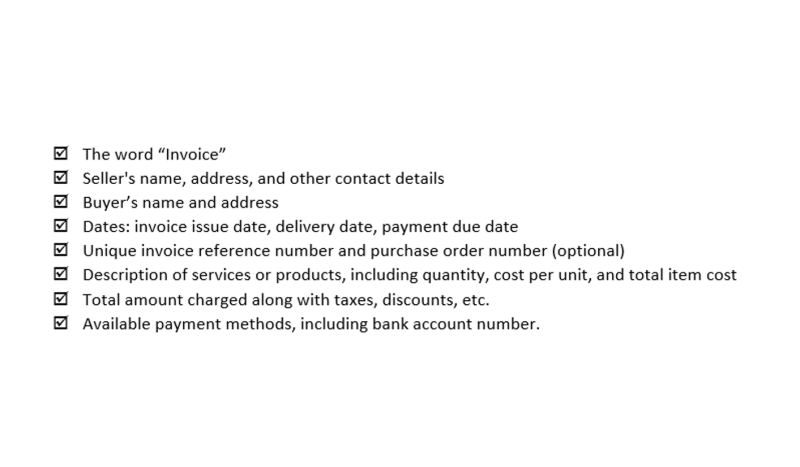
When the trial balance is first printed, it is called the unadjusted trial balance. The adjusted trial balance is typically printed and stored in the year-end book, which is then archived. Finally, after the period has been closed, the report is called the post-closing trial balance. This post-closing trial balance contains the beginning balances QuickBooks ProAdvisor for the next year’s accounting activities. At the close of a reporting period, all ledger accounts are tallied and entered into the trial balance, which is then used to compile the financial statements. The primary financial statements include the balance sheet and the income statement, which illustrate a company’s financial position and performance, respectively.
Closing Expense Ledger Account

Or maybe the classification is not correctly classified concerning the accounting equation. Trial balance errors include omissions, incorrect amounts, misallocations, and violations of accounting principles. To demonstrate how a trial balance functions, let’s look trial balance meaning at a simplified example using ABC Corp’s unadjusted trial balance as of December 31, 2023.
- In conclusion, the trial balance is a fundamental tool in the accounting process, playing a crucial role in ensuring the accuracy and integrity of financial records.
- Get enough training to handle relevant GAAP accounting principles correctly.
- It also highlights the trial balance’s place within the broader accounting cycle, which is repeated each accounting period.
- Trial balances are usually prepared at the end of an accounting cycle as a step toward preparing financial statements.
- In this journal entry, cash was debited instead of accounts receivable even if cash is not yet received from the client.
Trial Balance Preparation Steps

This is simply a list of all the account balances straight out of the accounting system. Bookkeepers typically scan the year-end trial balance for posting errors to ensure that the proper accounts were debited and credited while posting journal entries. Internal accountants, on the other hand, tend to look at global trends of each account. For instance, they might notice that accounts receivable increased drastically over the year and look into the details to see why.
- Accounting software like Xero can automate the process for you so you can avoid clerical mistakes and effortlessly produce regular trial balances.
- The amounts on the debit and credit sides may still match, so the trial balance totals remain equal, but the classification or treatment of the transaction is wrong.
- Trial balances are typically prepared at the end of each accounting period, which can be monthly, quarterly, or annually, depending on the organization’s reporting requirements.
- The trial balance provides a snapshot of all ledger accounts within a given accounting period, which helps business owners and accounting teams in reviewing accuracy.
- Shaun Conrad is a Certified Public Accountant and CPA exam expert with a passion for teaching.
- This is your first chance to confirm that debits and credits align, catching any immediate errors before you move on.
Trial Balance as a Checking Tool

Imagine a world where businesses operate without checks and balances, where financial records are as chaotic as a toddler’s playroom. In such a world, the trial balance is the superhero that brings order to chaos, ensuring that every debit has its corresponding credit. This income statement fundamental accounting tool is the unsung hero of financial reporting, a first step towards financial clarity and accuracy.

- Vice versa, it is called a ‘Credit Balance’, if the total of credit side is greater.
- Or maybe the classification is not correctly classified concerning the accounting equation.
- Imagine running a small business and suddenly realizing your numbers don’t quite add up.
- In this example, we’ll look at a small hypothetical business and walk through a few transactions.
- Running a trial balance after these entries—typically after step six—helps verify that your books still balance and that you recorded updates accurately.
- The post-closing trial balance is prepared after all temporary accounts, like revenues and expenses, have been closed to retained earnings.
It is important that another person verify the correctness of the amounts in the journal entries before posting them to the ledgers. In addition to the above purposes, each type of trial balance also serves a specific purpose. For example, the unadjusted trial balance is used to show the general ledger account balances prior to any adjustments and corrections. The preparation of the trial balance is performed several times during the accounting cycle of the business. It is prepared prior to recording adjusting entries, after posting the adjusting entries and after posting the closing entries. If a trial balance doesn’t balance, it indicates errors in accounting records.